Resin to Box: Oral Care Molding Case Study
![]()
It’s a case study in every sense of the word.
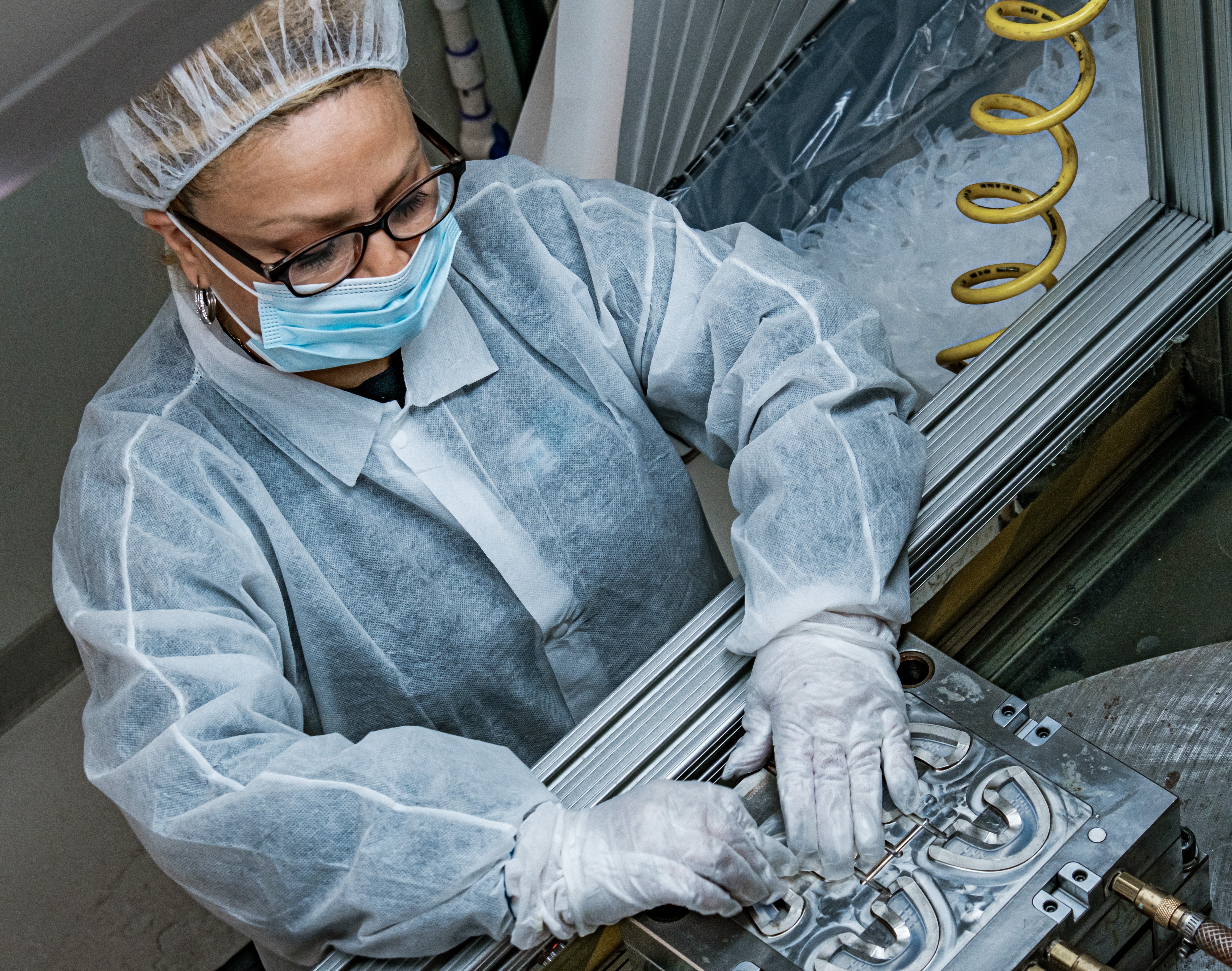
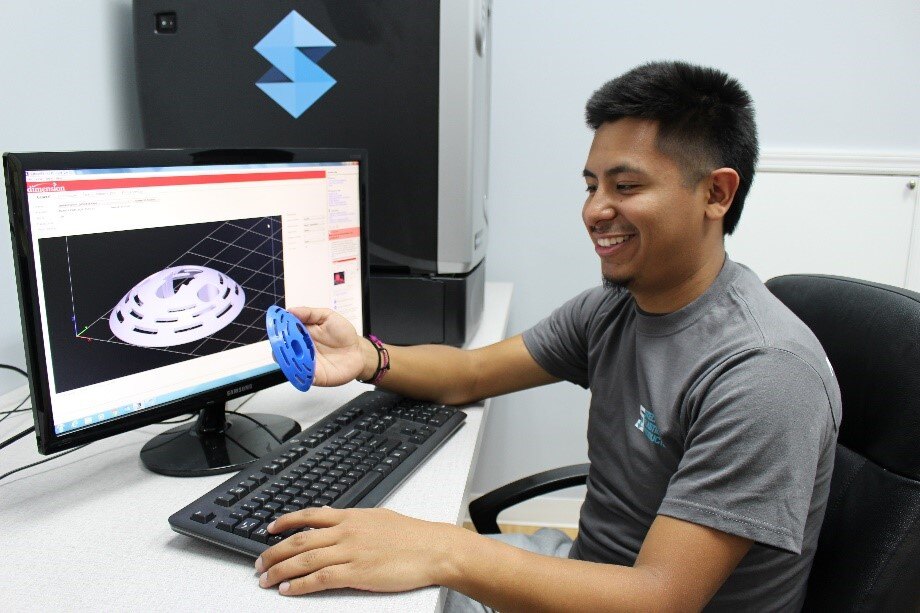
Designing plastic parts for injection molding is like building a house: there are countless ways to...
-1.png)
Jennifer Doyle is the Office Manager at Stelray Plastic Products, responsible for overseeing a wide...
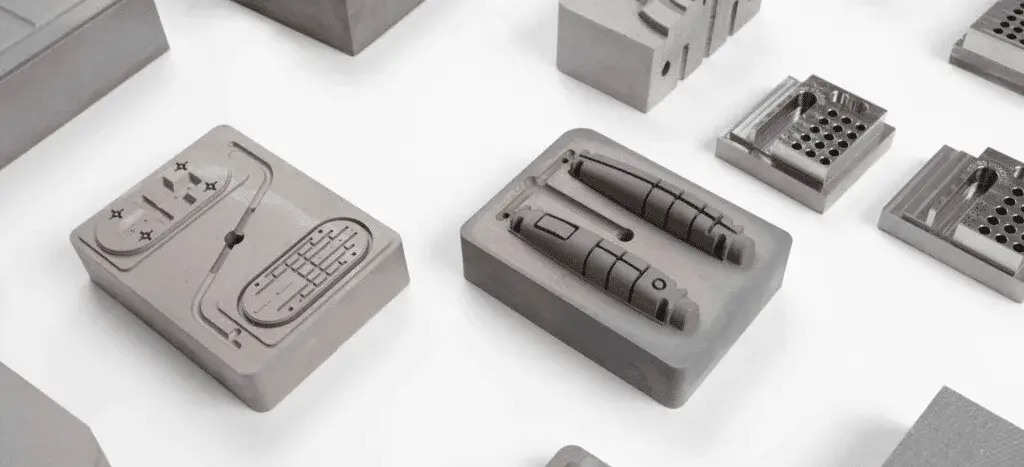
As part of Stelray's commitment to exploring new and creative methods to deliver cost-effective...
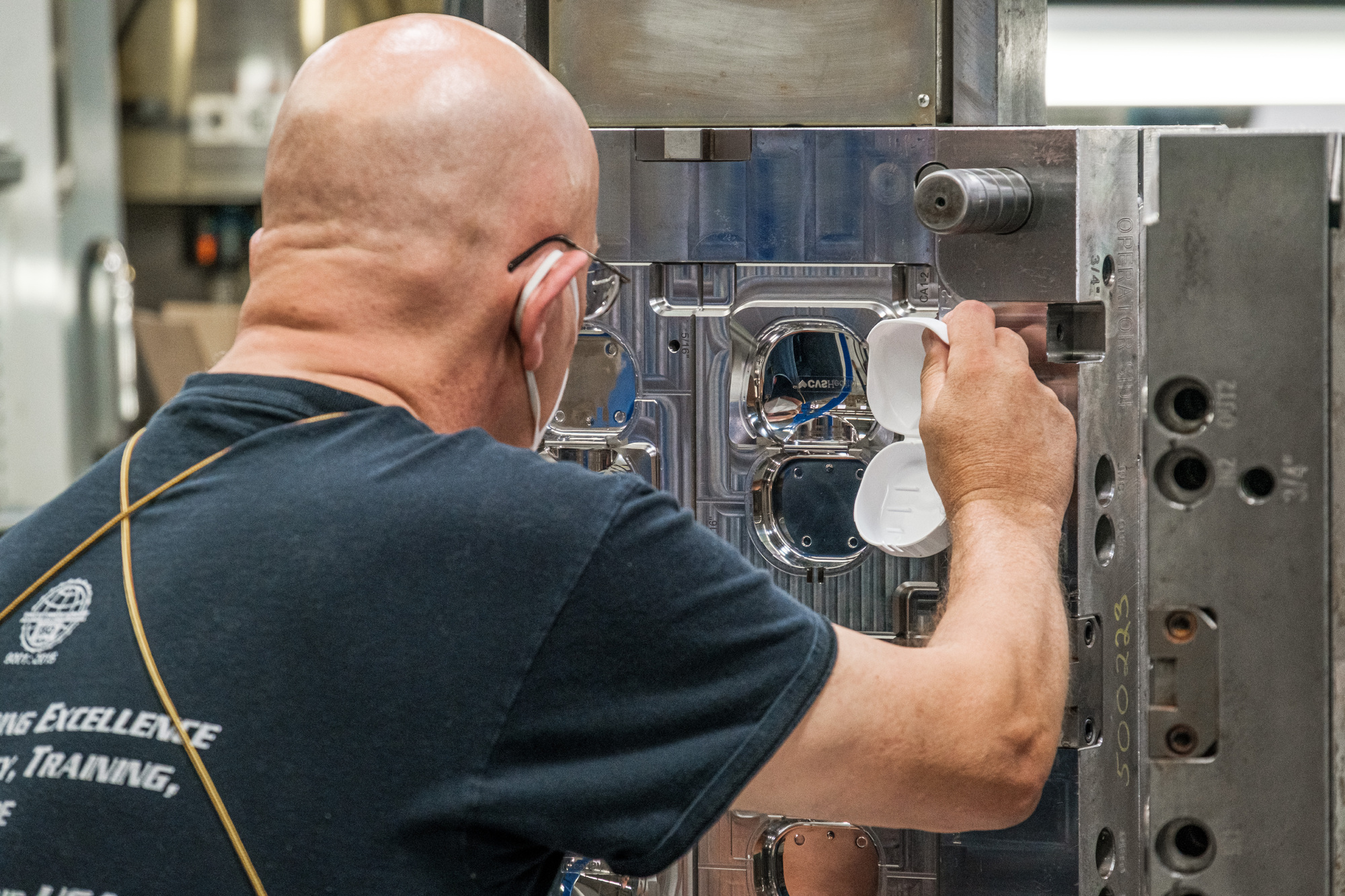
For a variety of reasons, you may be reconsidering your current injection molding source. Your...
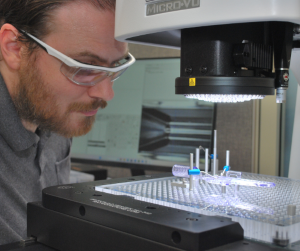
Stelray Plastic Products, Inc. Expands Metrology Lab 2024
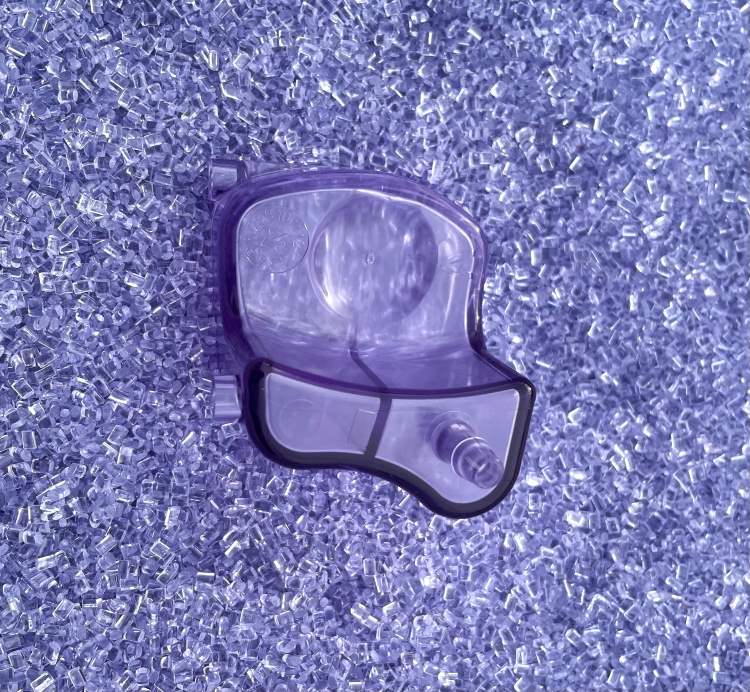
There are several factors to consider when selecting a plastic resin for your medical device...
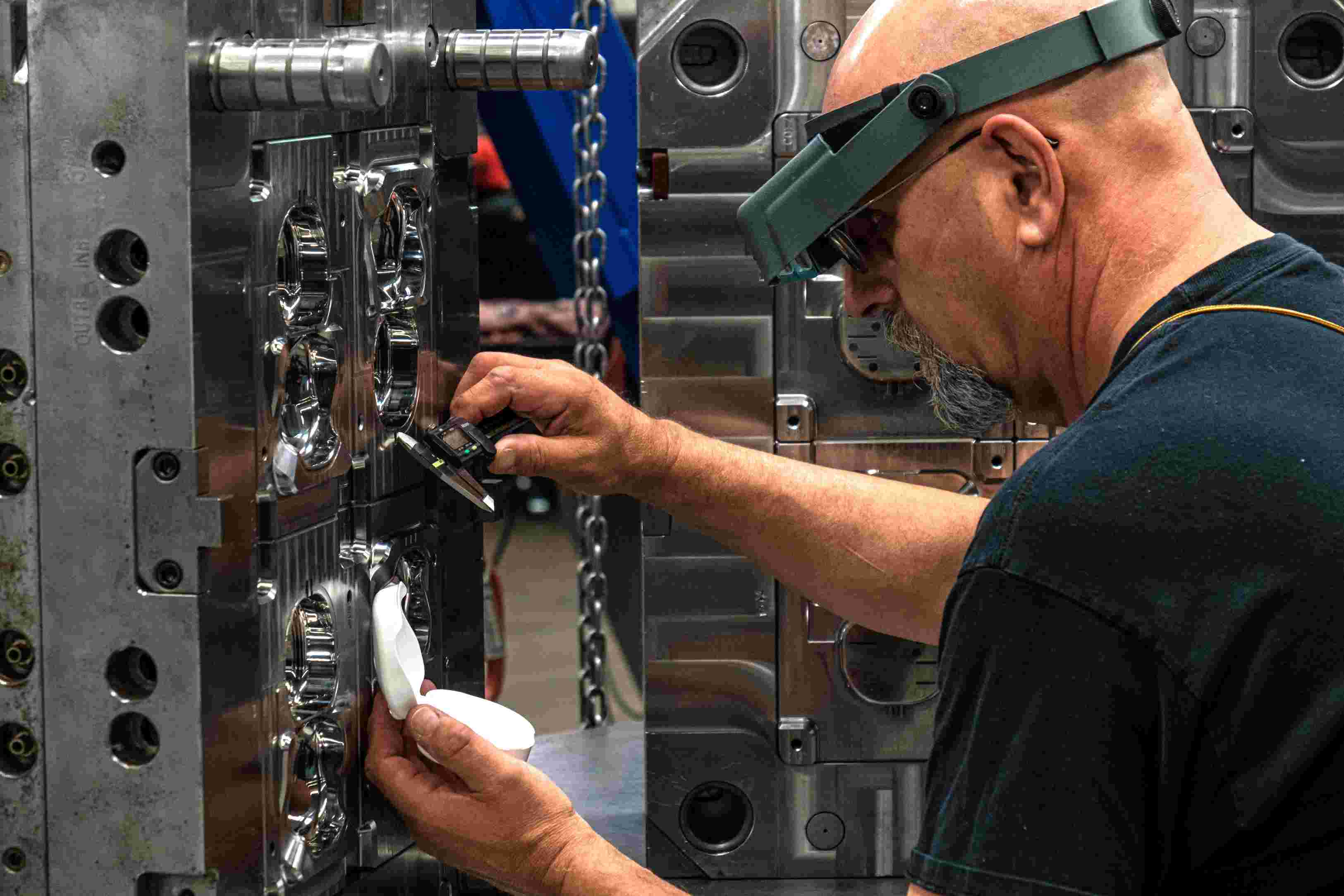
Several factors can put companies on the hunt for new manufacturing partners. However, the cost and...
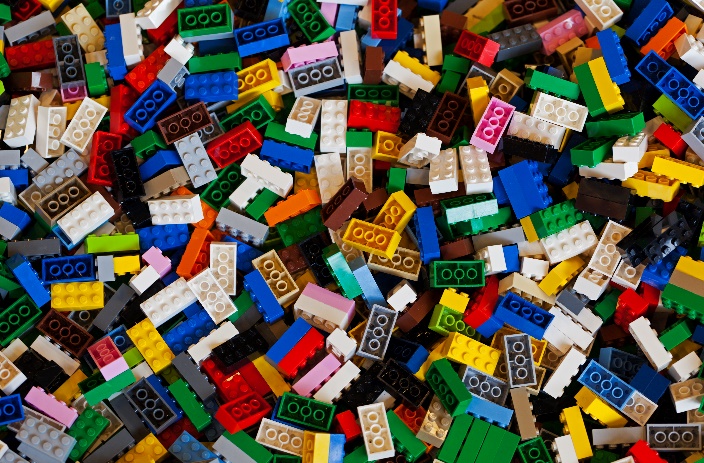
Plastic injection molding is used widely in the manufacture of everything from precision medical...